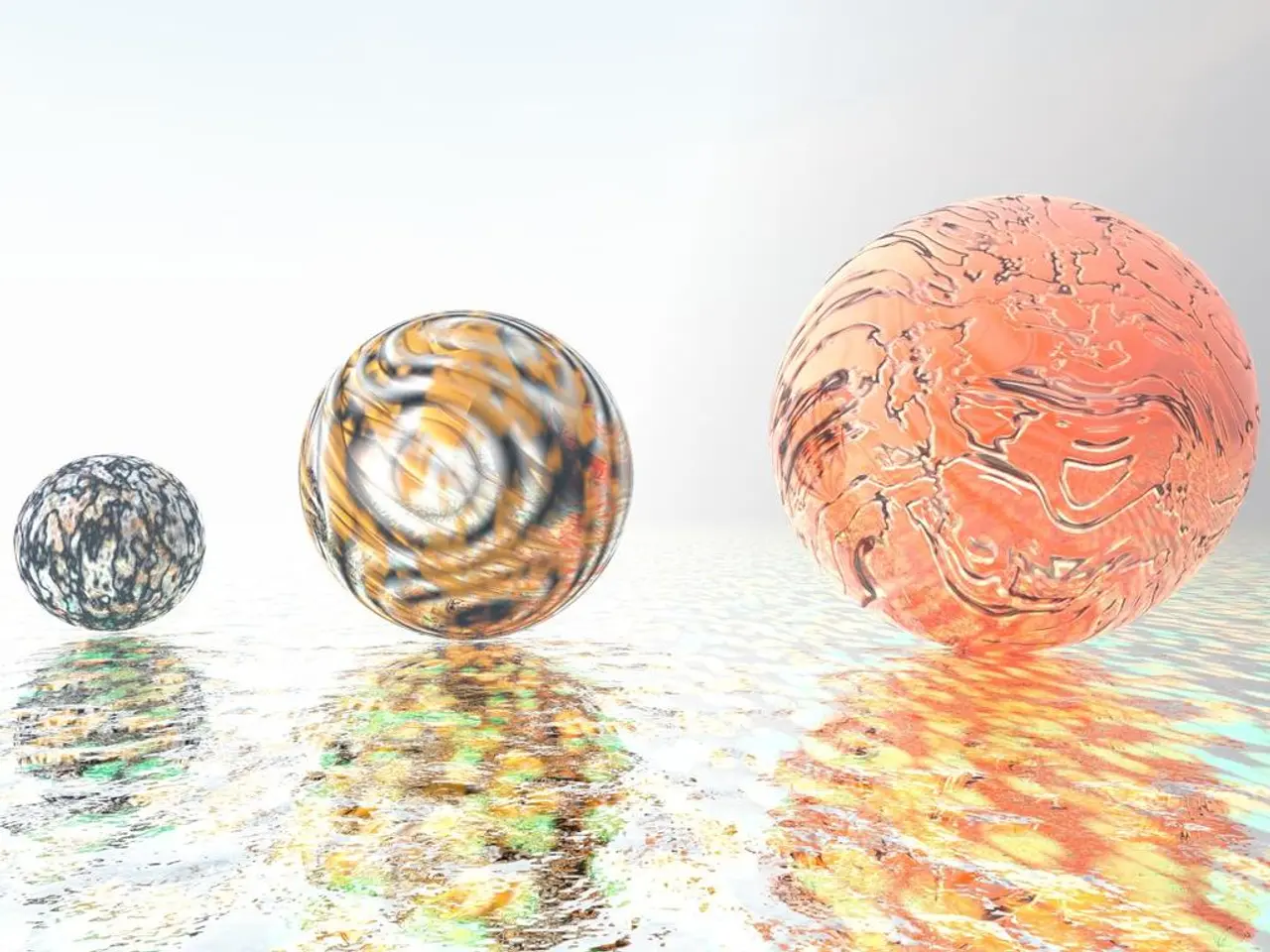Researchers stunned by finding that sperm violates a fundamental physical law.
In a groundbreaking discovery, researchers at Kyoto University have uncovered an intriguing aspect of sperm propulsion that challenges one of Newton's fundamental laws of motion. The research, led by Kenta Ishimoto and his team, has shed light on the odd elastic modulus, a property that allows sperm tails to interact with their fluid environment in a non-reciprocal way.
Sperm, like green algae, use flagella to drive their cells forward. However, unlike other objects governed by Newton's laws, sperm propel themselves through viscous fluids without creating an equal and opposite reaction and being met with resistance. This is made possible by the odd elasticity of sperm tails, which allows them to move in such a way that the typical action-reaction force pairs do not cancel out in the expected manner, allowing for net movement in viscous fluids at microscopic scales.
The odd elasticity property introduces asymmetry in the force-displacement relationship of the tail's elastic components, breaking time-reversal symmetry and enabling propulsion despite the constraints of classical mechanics at small scales. This wave-like motion of the flagella can be explained by the odd elastic modulus.
The implications of this discovery are far-reaching. The odd elasticity could potentially advance the understanding of sperm propulsion and have implications in the design of small, self-assembling robots mimicking living materials. For instance, microscale propulsion systems or synthetic micro-robots that mimic sperm-like movement could be developed for targeted drug delivery inside the human body.
Additionally, novel biomimetic materials and actuators that use odd elasticity to achieve motion or mechanical function in fluid environments where conventional reciprocal methods fail could be developed. This could lead to improvements in our understanding of fertility and sperm motility by elucidating mechanical and structural factors influencing sperm propulsion.
The research team studied experimental data on human sperm and modeled the motion of green algae, Chlamydomonas. They found that sperm tails have an 'odd elasticity', which allows them to whip around without losing much energy to the fluid. They also studied solvable simple models as well as biological flagellar waveforms.
This explanation is grounded in recent biophysical research explaining the mechanical properties of sperm tails and their interaction with fluids, though detailed molecular mechanisms and engineering implementations are areas of ongoing research. It is important to note that the discovery pertains to Newton's third law of motion, which states that 'for every action, there is an equal and opposite reaction'. However, in the case of sperm propulsion, this law is defied in a way that could lead to significant advancements in various fields.
The odd elasticity of sperm tails, discovered in the research, could open new avenues in the field of health-and-wellness as it may lead to improvements in our understanding of fertility and sperm motility by elucidating mechanical and structural factors influencing sperm propulsion. Furthermore, this discovery in science could contribute to the development of fitness-and-exercise-related technologies, such as microscale propulsion systems or synthetic micro-robots that mimic sperm-like movement for targeted drug delivery inside the human body.




